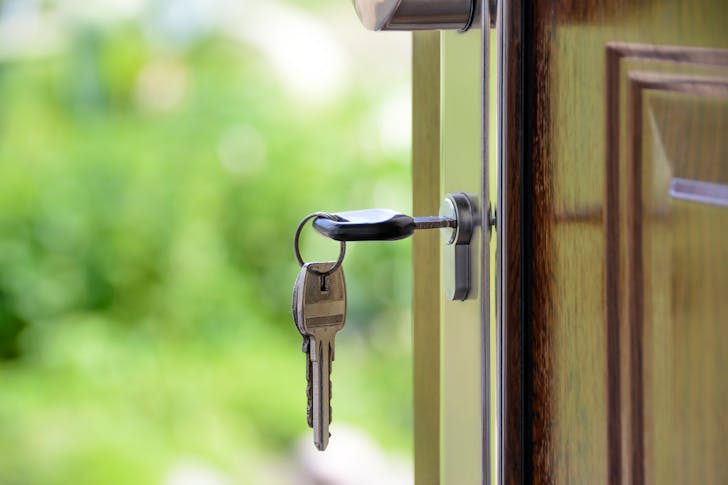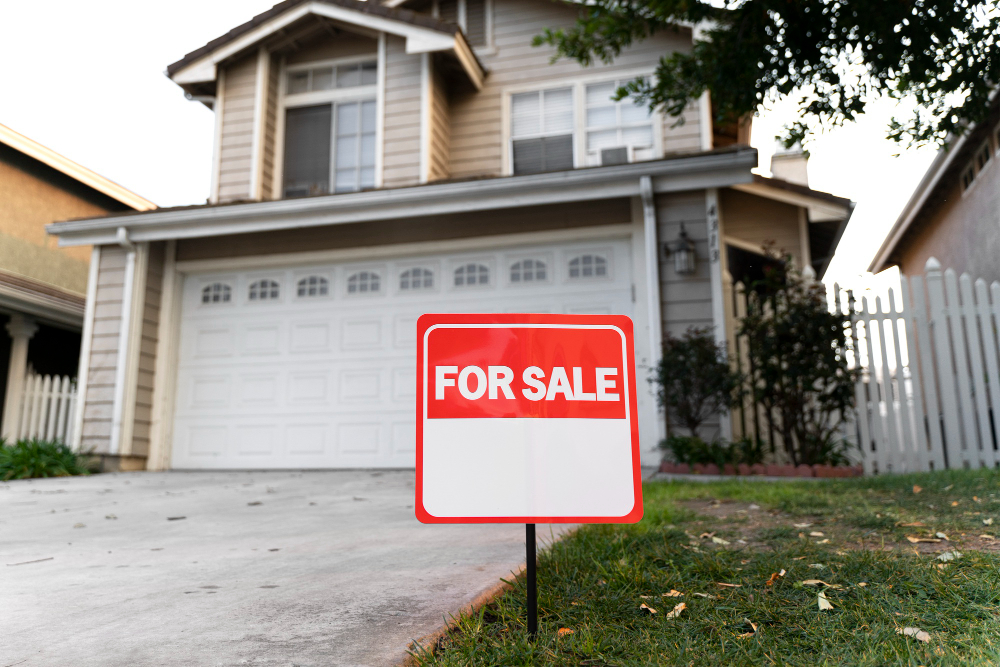Mortgages come in many shapes, especially for seniors trying to get the most out of their home equity. The two big players? A HELOC and a reverse mortgage. Both let you pull cash from your home, but how they work and who they work for are very different.
If you are over 62 and sitting on serious equity, here is what you need to know before making a move:
What Is a HELOC & Why Do Experts Like It?
A HELOC, or home equity line of credit, is basically a credit card backed by your house. You borrow what you need, pay it back, borrow again, and repeat. It is flexible, and you only pay interest on what you use.

AS / Pexels / Experts say a HELOC is great if you want short-term access to money. Think home upgrades, medical bills, or clearing high-interest debt.
Right now, HELOC rates are around 8%, which is way lower than most credit cards or personal loans.
Plus, with mortgages locked in at low rates from years ago, a HELOC can help without touching your existing loan.
What Makes a Reverse Mortgage Different?
Reverse mortgages are designed for seniors 62 and up. Instead of making monthly payments, you get paid - either monthly, in one lump sum, or through a line of credit. You don’t repay anything until you sell the home, move out, or pass away.
This setup is ideal if you need money but don’t want another bill. No income? No problem. You can stay in your home and still pull cash from its value. But be warned! Fees and interest add up, and your equity shrinks over time.
The loan gets paid back when the home is sold, usually by your estate.
Which Mortgage Option Is Cheaper?
HELOCs are cheaper up front. There is usually no big closing cost, and you are only charged interest on the money you actually use. If you are disciplined, a HELOC can be a low-cost way to manage your cash.

Mart / Pexels / Reverse mortgages come with more strings. There are fees, insurance costs, and interest that grow over time.
You are not writing checks every month, but the cost is still there. It just comes later when the home is sold or inherited. A HELOC won’t mess with your home ownership. As long as you make payments, the house stays fully yours. If you sell or refinance, you just pay off what you owe. Simple.
Reverse mortgages are a different story. You are giving up equity over time. And when the loan comes due, your home might need to be sold to cover the balance. That could affect what you leave behind to your heirs or how long you get to stay.
What Should Seniors Choose?
Experts say a HELOC is best for seniors who still have income, want to keep their current low-rate mortgage, and need money for short-term goals. It is great if you want to pay for a roof, remodel a kitchen, or tackle debt without racking up credit card interest.
Since you only borrow what you need, you control the costs. And with HELOC rates hovering near 8%, it is a much better deal than the 22% average credit card APR.
If you are retired and cash flow is tight, a reverse mortgage may be the safety net you need. There is no monthly payment, which is huge if you are on a fixed income. It lets you age in place without selling or downsizing.
But remember, this loan eats away at your home equity. You still have to pay property taxes, keep up with insurance, and maintain the place. If those get out of hand, the lender can call in the loan early.






